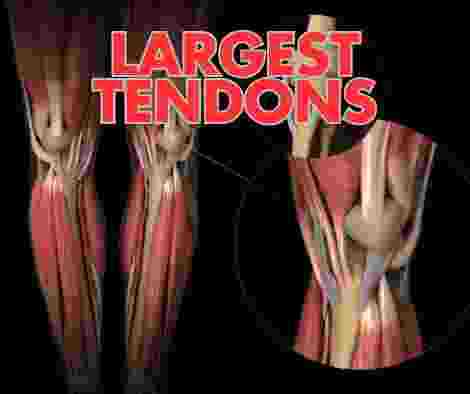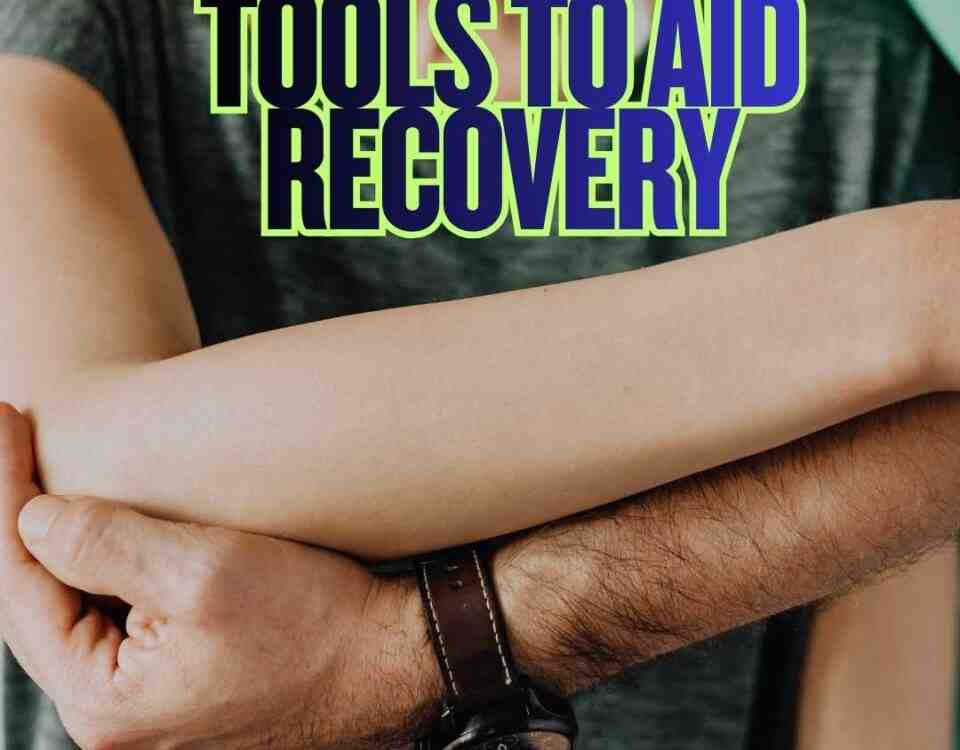The Largest Tendon

What is a Baker’s Cyst?
April 25, 2025
Stages of Degeneration
April 25, 2025- Accident doctor
- accupuncture
- airplane headache
- alzheimer's
- best habits
- Brain Injuries
- car accident
- car accidents
- cervical strain
- colds
- concussion
- Concussions
- disc bulge
- dosage meds
- dry needling
- dull pain
- E bike injuries
- florida
- good posture
- headaches
- Headrest positions
- Headrest positions after an accident
- Healthy choices
- Healthy flying
- healthy gift guide
- Healthy SPring Ideas
- hip pain
- hyperextension
- injury doctor
- insurance
- Kayaking
- kentucky
- kids motion sickness
- lifestyle
- motion sickness
- neck injury
- no fault insurance doctor
- noise healing
- osteoporosis
- pain symptoms
- pink noise
- posterior chain
- posture
- prevent osteoporosis
- Rest
- Scoliosis
- shoulder pain
- Stress with kids after a motor vehicle accident
- TBI
- tips
- tmj
- torn muscle
- Traumatic Brain Injury
- trigger points
- VitaminD
- What are Post Traumatic headaches?
The Body’s Largest and Most Powerful Tendon
The Achilles tendon is the largest and strongest tendon in the human body. Its purpose is to connect the calf muscles to the heel bone of your foot. It is utilized from the time your foot hits the floor in the morning allowing you to walk, run, jump, or perform any movement that requires your foot. It has a unique ability to absorb the force of every step you take and makes it a necessary part of mobility. This tendon, regardless of its size and strength, is vulnerable to various injuries such as those from high impact situations including motor vehicle accidents (MVAs). Dr. Aaron Workman of Chambers Medical Group, one of the highest rated car accident medical care programs in Kentucky, discusses injuries involving the body’s powerful tendon.
Achilles tendon injuries are often associated with sports, and it is a miserable injury that can follow you for decades. I managed to injure my right Achilles in a clinical setting early on in practice. It took months to heal, and I can still feel a tingle at the back of my foot on deep stretches. This tendon can be susceptible to injury in many different occasions typically due to sudden impact, forceful foot movements or direct trauma, all of which occur during an MVA. There are several different ways this can happen.
Direct Trauma:
If the floorboard of a car is affected or crushed during an accident, direct impact or debris can fly around and hit the back of the ankle which can lead to tears of the tendon. If the foot is flailing around the floorboard, it becomes susceptible to hitting the gas or brake pedals causing tendon damage. It is more common to see lateral and medial ankle trauma in this situation but the Achilles is still prone to damage from direct trauma.
Hyperextension:
In an MVA if you see someone coming at you in an uncontrolled manner, you are likely to brace as a life-saving reflex. It is probable you will push the foot forcefully into the floorboard, or the brake pedal, and once braced, the force from impact can cause the foot to stretch past its typical range of motion causing the tendon to sustain some type of tear.
Dorsiflexion:
If you are attempting to brace, miss the pedal, then have an impact that causes the toes to get forcefully pushed up, it can also place an extreme amount of strain on the Achilles leading to damage. The foot may get caught awkwardly in between the pedals, hit under the dashboard, or get pushed by the airbag in the wrong direction. This is a similar position to hyperextension and can all lead to Achilles stress and damage.
Whiplash:
Most will associate whiplash with trauma to the neck and upper back, but the effect of whiplashes sudden movements can be transferred all down throughout the body. The sudden jerky type of movement can also overstretch or tear the Achilles if you are hit in a high speed, rear end type of accident.
It is not uncommon for these injuries to go undiagnosed initially due to the ER focusing on your major injuries. If you have pain in the lower leg, calf, ankle or heel you need to have those examined. There may be associated bruising and swelling. You will notice difficulty pointing the toes down at the floor or pushing off with the toes while walking. Stairs will become difficult to navigate. The first sign I noticed was a popping sensation when it was injured. This sound would likely be muffled during an MVA but will make it difficult to walk afterwards.
The Achilles tendon is an essential part of movement and if injured during an MVA it will have an impact on your daily activities. If you notice pain, swelling, burning or problems with foot mobility following an MVA, then some intervention needs to happen. At Chambers Medical Group these are the types of issues we end up seeing. Early diagnosis and treatment can help prevent long term issues.
— This article is written by Aaron Workman, DC, one of the members of Chambers Medical Group’s team of car accident chiropractors who offer a variety of treatments and therapies ranging from diagnostic testing to various soft tissue therapies for car accidents and injuries in Kentucky.




